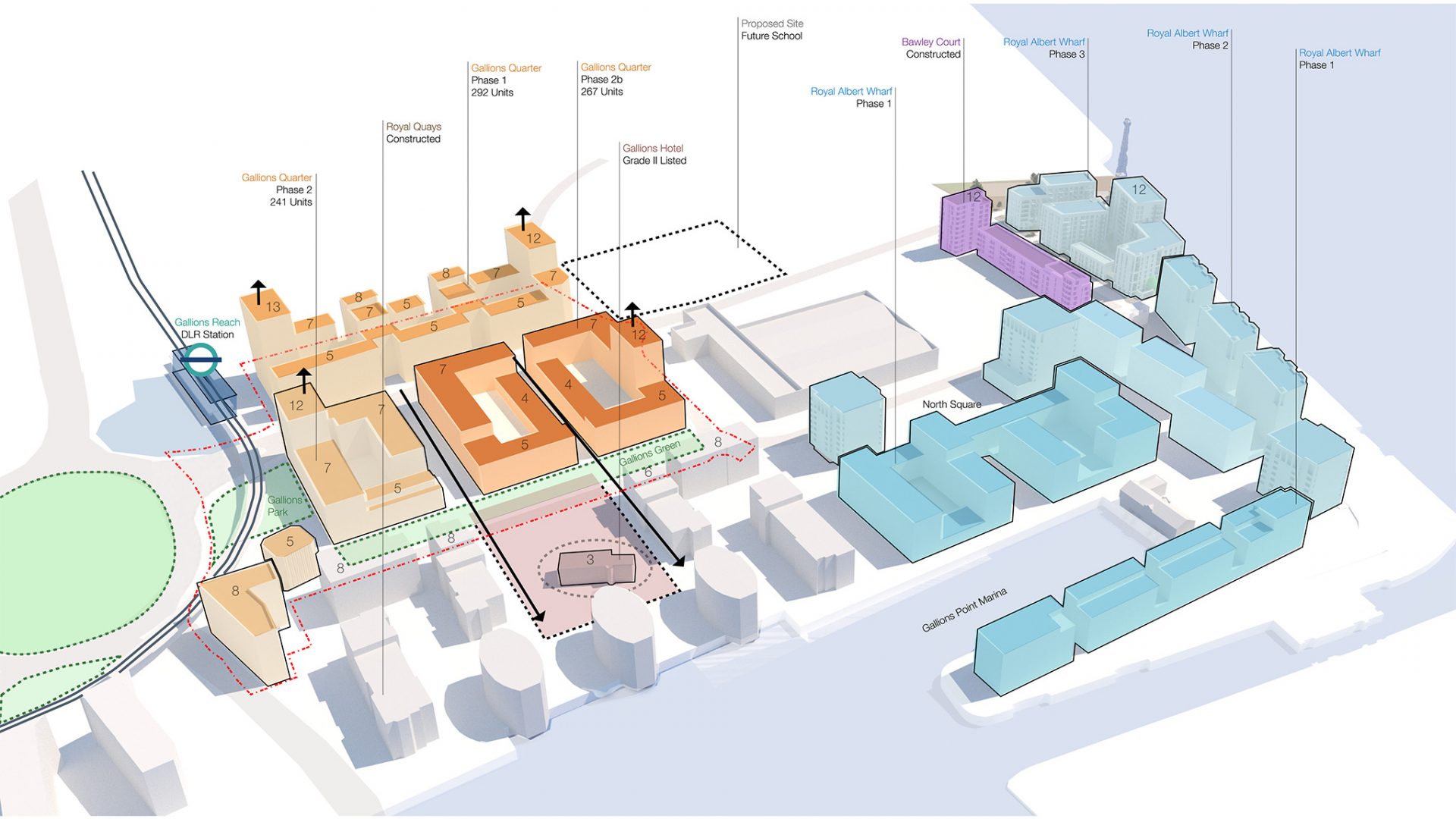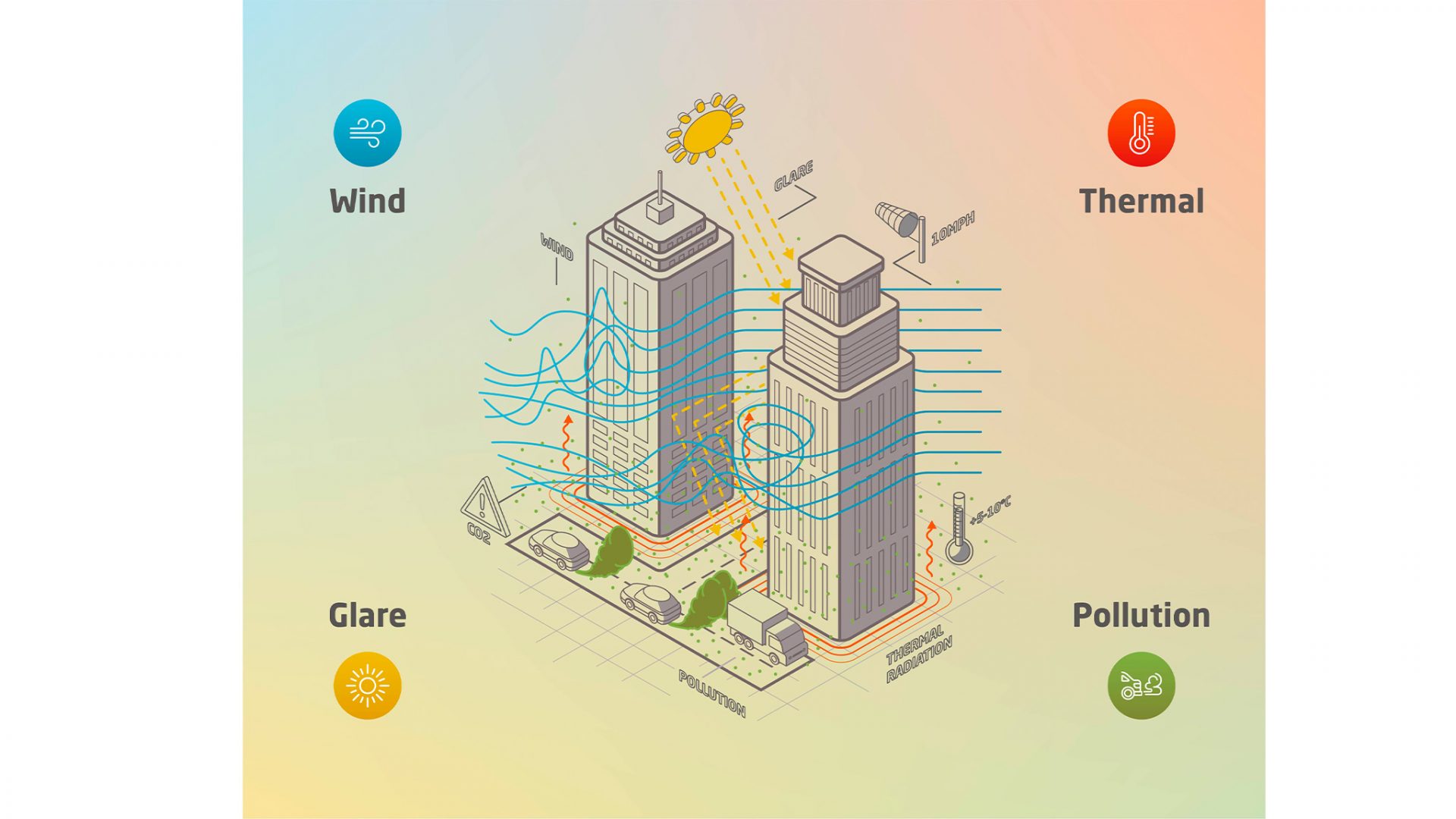- In his first essay for our Views section, KB Yeoh explores how apps are affecting the space between our buildings and how infrastructure is failing to keep up. KB is an associate and project manager at Jackson Coles.

Deliveroo, Uber Eats & Just Eat- a few examples of the wonderful little digital helpers on those nights when one comes home late with an appetite but to an empty fridge. The couriers on the front line zipping around tirelessly like a modern concierge servicing the city at large helping urbanites smash through boundaries of consumption like never before. Ultra-convenient yet a challenge to the traffic lines of our city’s public pedestrian and retail spaces.
On one such service provider’s website, it pontificates to its riders- “Shopping centres and malls can be extremely busy and tend to be no-cycle zones. When collecting an order in these areas please park your bike safely and securely outside the centre, using cycle stands or other cycle parking facilities wherever possible”.
Take Westfield Stratford for example- If delivery cyclists were to adhere to this, it would be reasonable to estimate that an extra 10 to 15 minutes in some cases would be added to each journey. When a rider is paid not only by the hour but also by the number of deliveries they fulfil, it is no surprise that many have taken the risk of collision – navigating through these busy pedestrianised zones rather than dismount to maximise their delivery results.
The problem is exacerbated by the inadequate number of cycle stands to cater for the demands of this service provider. These cycle stands are positioned at the entrance to the complex and also far away from some of the eateries located deep into the centre itself.
As the food delivery sector becomes more competitive, the problem looks to worsen. In recent years, spending thresholds have fallen to encourage more orders which in turn will mean more riders racing against the clock. I put the theory to the test and recently ordered a single dipping sauce delivered to my home (Sauce costs 40p with a 50p delivery charge- all in the name of research, of course). Within 15 minutes, an eager and very polite man on his scooter came bearing the fruits of my experiment. I gave the man a generous tip for his trouble and promised not to repeat my belligerence.
So whilst food delivery apps have the ability to broaden the home dining scene, the pressured mind-set of the rider versus the physical infrastructure on our roads, pavements and public realm have yet to adequately follow suit to support the evolution of this urban phenomenon.






